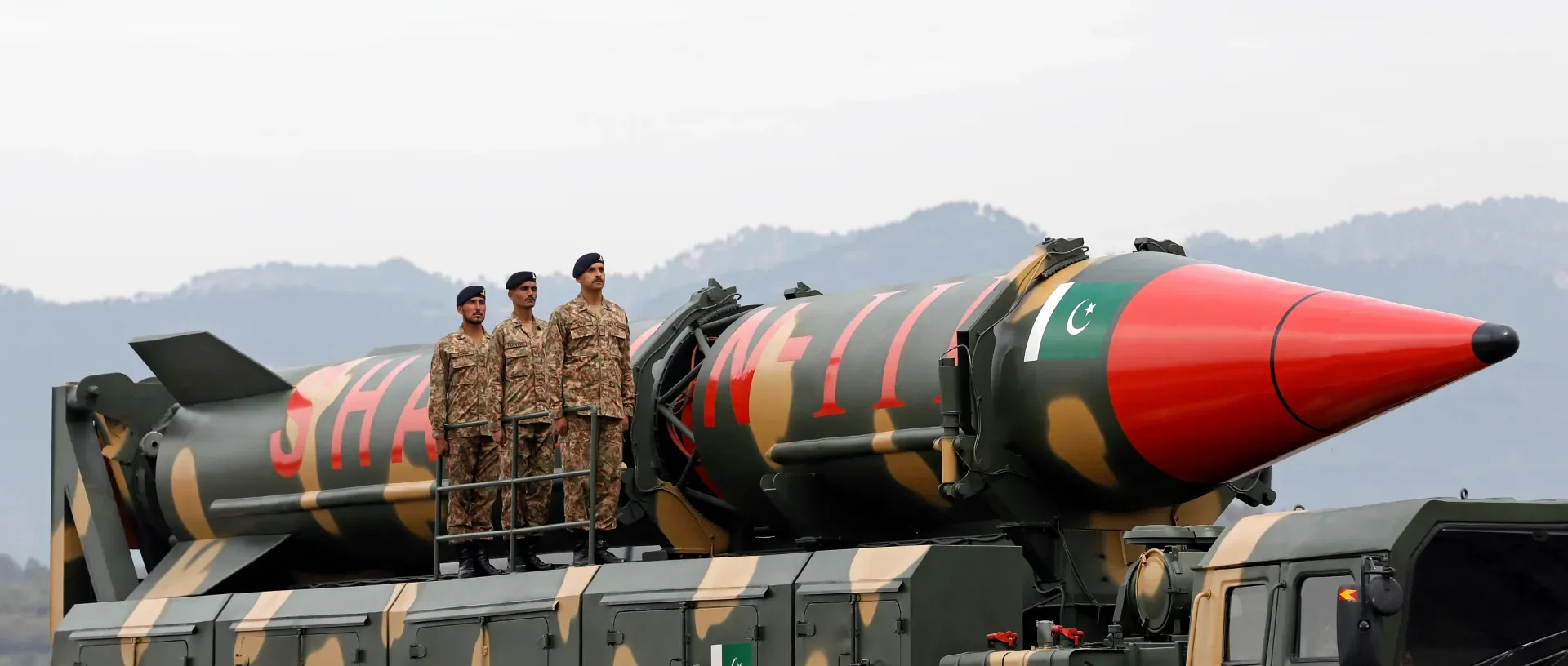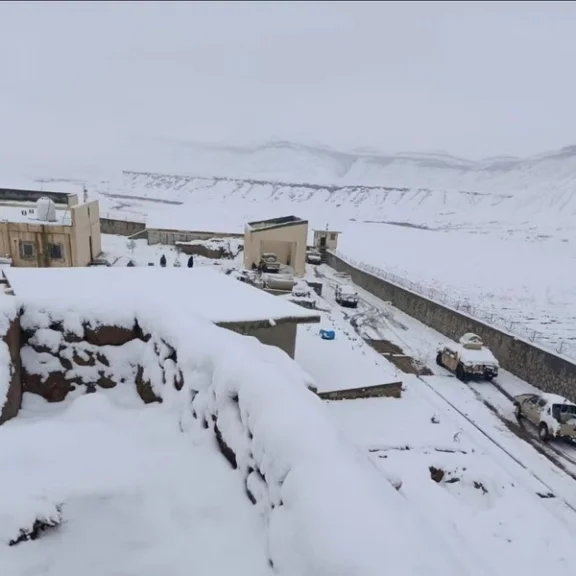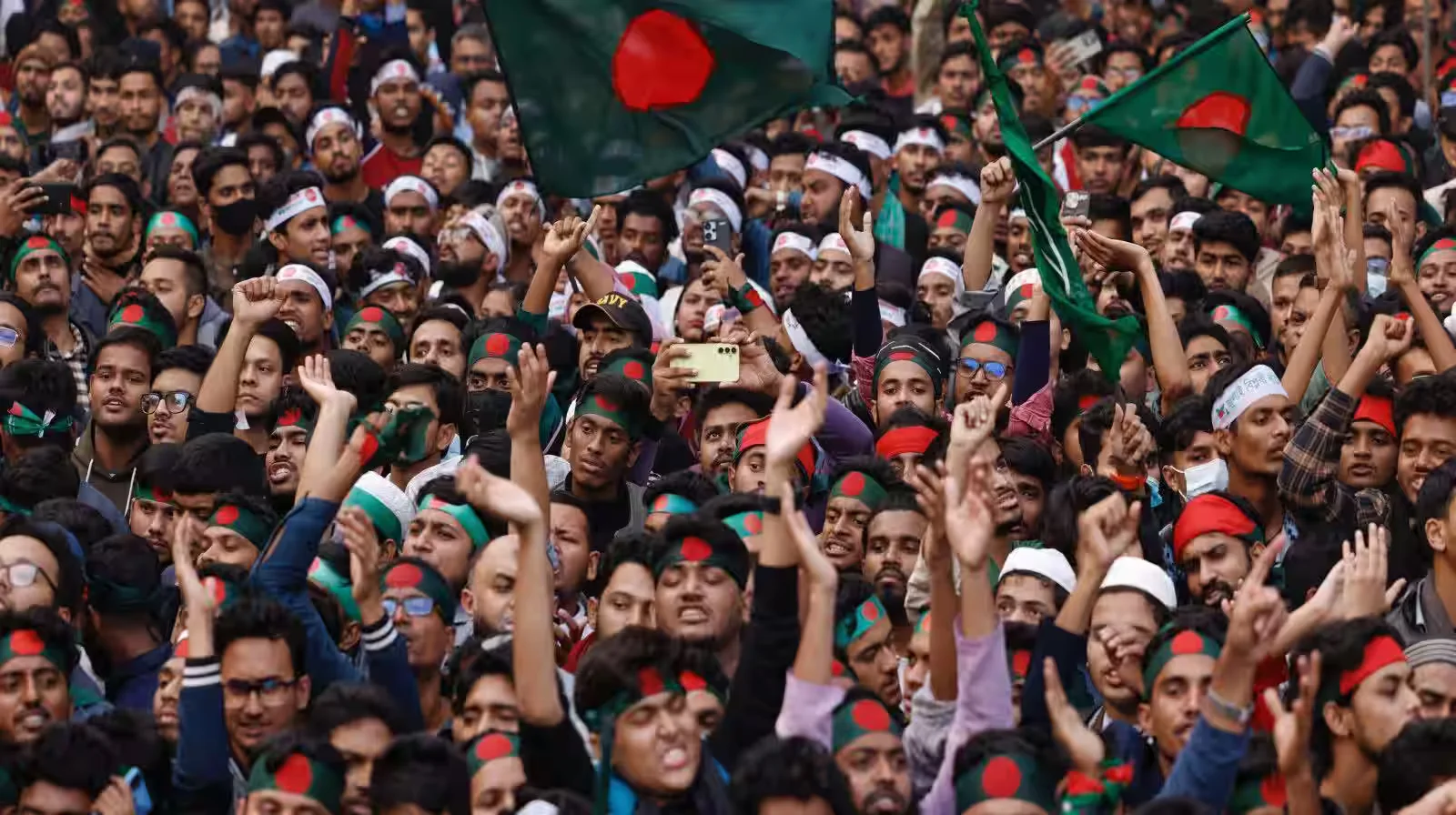The recent announcement by Pakistani authorities regarding the establishment of a dedicated Army Rocket Force Command (ARFC) marks a significant moment in the country’s military history and a potential inflection point in South Asia’s delicate strategic balance. Conceived in the wake of recent, intense clashes with India, the new command is a clear signal that Islamabad is re-evaluating its conventional warfare capabilities and modernizing its deterrent posture.
While Pakistan’s strategic missile program has long been a centerpiece of its defense doctrine, this new force suggests a shift toward a more formalized, conventional missile-centric strategy. This move is not merely an organizational reshuffle but a fundamental recalibration of Pakistan’s military thinking in response to evolving regional dynamics and the demonstrated realities of modern conflict.
A Look at Pakistan’s Missile Arsenal
Pakistan’s missile capabilities have historically been framed within its doctrine of full-spectrum deterrence, which aims to deter a potential conventional attack by maintaining the credible threat of a nuclear response. The nation’s arsenal is composed of both nuclear-capable ballistic missiles and conventionally armed cruise missiles. Key systems include the short-range Ghaznavi and Abdali, the medium-range Ghauri and Shaheen series, and the more recently introduced Nasr and Babur cruise missiles, known for their precision.
The exact size of Pakistan’s total missile arsenal is a subject of ongoing speculation among international think tanks. According to the Stockholm International Peace Research Institute (SIPRI), Pakistan’s arsenal of nuclear warheads is estimated at 120. These are supported by a variety of air, sea, and land-based delivery systems. This existing framework has long been managed under the purview of the Strategic Plans Division (SPD) and its associated Strategic Forces Commands for the Army, Navy, and Air Force.
Strategic vs Conventional: A Crucial Distinction
The announcement of a new, standalone Army Rocket Force Command raises critical questions about its role and its distinction from the existing Army Strategic Forces Command (ASFC). The ASFC’s primary mission has been centered on the management and potential use of Pakistan’s nuclear-capable missile systems, serving as the land-based leg of the country’s nuclear deterrent triad.
The new ARFC, by contrast, is being framed as a conventional warfare tool. Its mandate, as articulated by officials, is to operate land-based ballistic and cruise missiles that are armed with conventional warheads. The intent is to provide the military with a precise, long-range strike capability that can hit high-value targets deep inside enemy territory without resorting to the use of nuclear weapons. This distinction is crucial; it separates the strategic, nuclear deterrent from the tactical, conventional application of missile power. In essence, the new force is designed to add a layer of conventional deterrence, a tool for limited war scenarios that avoids the escalation to the nuclear threshold.
The Catalyst: Lessons From the Recent Past
The impetus for this strategic re-evaluation appears to be recent regional events. The brief but intense military standoff with India, provided a crucial case study in the evolving nature of modern combat. While the initial phase involved air combat in which Pakistan scored multiple kills against Indian jets, forcing the Indian air force to remain grounded for the remaining days of the conflict, the second phase saw both Pakistan and India resorting to the use of land-fired missiles. India, in particular, used this as its only viable option after the defeat of its Air Force. This indicates that any future conflict could produce even more intense missile barrages from both countries.
The new ARFC is, therefore, a direct and proactive response to this lesson, aiming to centralize command, control, and deployment of conventional missiles to better contest high-tech conflict in the future. The move signals a recognition that a modern military must possess the ability to contest a high-tech conflict across multiple domains, and that missile superiority, both offensive and defensive, is a key component of that capability.
Global Precedent: The Russia-Ukraine War
This brings us to the most powerful recent example of a missile-centric conventional conflict: the ongoing Russia-Ukraine war. The conflict has been a textbook case study in the pervasive and decisive role of missile power. From the very beginning, both sides have used a vast array of ballistic and cruise missiles to attack military infrastructure, logistics hubs, and command centers. Russia’s use of cruise missiles like the Kalibr and ballistic missiles like the Iskander has demonstrated the ability to strike targets with precision from hundreds of miles away, disrupting Ukrainian supply lines and military operations.
Ukraine, in turn, has effectively used its own missile capabilities and Western-supplied systems to strike targets in Russian-occupied territory and even deep inside Russia itself. The war has underscored that modern warfare is increasingly fought not with massed tank columns, but with missile salvos designed to paralyze an adversary’s ability to fight before close-quarters combat even begins. The war has also highlighted the importance of having both a robust offensive missile capability and a multi-layered missile defense system to counter incoming threats.
A Global Trend with a Chinese Influence
Pakistan is not alone in establishing a specialized missile command. Other nations have long seen the value in a dedicated rocket force. Russia, for instance, has its Strategic Rocket Forces (RVSN), a separate branch of its armed forces that manages land-based intercontinental ballistic missiles. Similarly, North Korea operates the Korean People’s Army Strategic Force, a military branch responsible for its surface-to-surface missiles. These examples demonstrate a global recognition of the need for centralized control over missile assets.
However, Pakistan’s new ARFC is considered particularly close to China’s People’s Liberation Army Rocket Force (PLARF) due to the long-standing and deep strategic cooperation between the two countries. The PLARF, formerly known as the Second Artillery Corps, was elevated to a full-service branch of the military in 2016, a move that signified China’s growing reliance on missile power as a cornerstone of its strategic posture. The PLARF is responsible for operating China’s vast arsenal of both nuclear and conventional ballistic and cruise missiles, making it the world’s largest land-based missile force with more than 120,000 personnel. By adopting a similar structure and leveraging shared technology and training, Pakistan is aligning its military modernization with its most significant strategic partner.
The establishment of the ARFC is, therefore, a logical and arguably necessary step for a nation seeking to enhance its deterrent capabilities in a highly contested region.
The benefits are multifold: it provides a credible, non-nuclear option for striking high-value targets, thereby lowering the risk of accidental escalation, it centralizes the management of conventional missile assets, improving efficiency and readiness and it modernizes Pakistan’s military doctrine in line with the demonstrated realities of 21st-century warfare. While such a move will undoubtedly be viewed with concern by adversaries and allies alike, it reflects a sober assessment of Pakistan’s strategic environment and a determined effort to ensure its security in an age defined by missile technology and the ever-present shadow of geopolitical tension.






